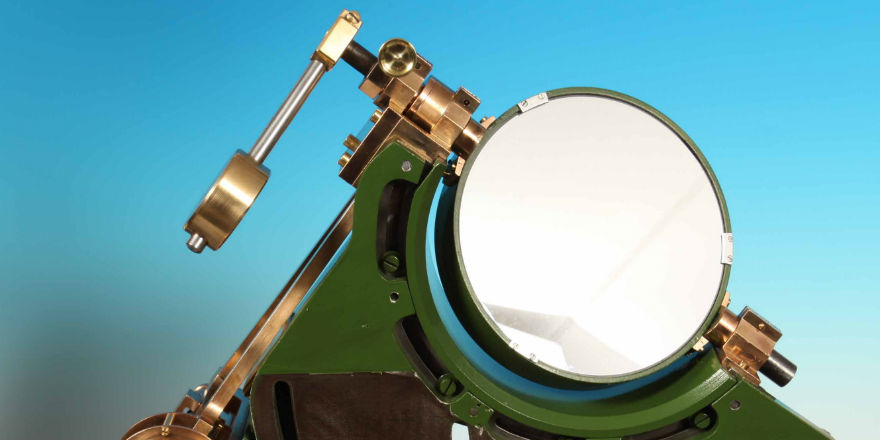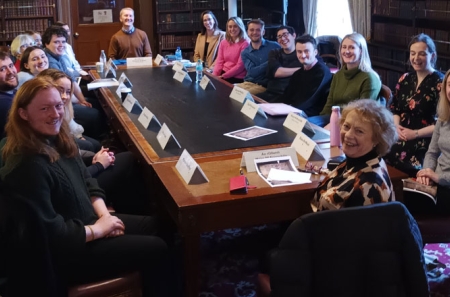
The instruments from Rathmines that proved Einstein right
31 March 2016A chance to see the recently discovered astronomical equipment that proved Einstein right, 12-14 April
Almost 100 years ago, Albert Einstein proposed his now famous General Theory of Relativity. Not only did Einstein's ideas overturn those of Isaac Newton but they led on to such exotic physics as black holes and gravitational waves (recently in the news). Einstein's "Big Idea" was that bodies like the Sun wrap space and time around them and that objects in their vicinity, and even photons of light, follow the natural curvature of this so-called spacetime. Einstein in fact predicted that light from a distant star, passing close to the Sun, would not travel in a straight line, as most physicists thought, but instead would be bent. The expected deflection is tiny: light from the star is bent by an angle equivalent to that subtended by a beach ball in Holyhead as seen from Dublin! Nevertheless in May 1919 an expedition was mounted to Brazil to measure this tiny effect during a solar eclipse.
On the morning of the eclipse most of the astronomer's equipment did not work properly, however some backup equipment, on loan from the Royal Irish Academy, saved the day. In November 1919, and after many painstaking measurements, the results of the expedition were announced to much fanfare at the Royal Society in London: Einstein was indeed right! The Irish equipment used in Brazil, and lost for almost 70 years, has only recently been discovered and restored. It will be on display in the RIA Library from 12th to 14th April. It consists of a coelostat, which reflects light from the sky onto a fixed telescope, and the "Einstein Lens" used to focus the light onto a photographic plate. The same equipment was first used in 1900 when the RIA, in collaboration with the RDS, mounted an expedition to observe an eclipse in Spain. The lens and the coelostat were both manufactured by Howard Grubb at his optical works in Observatory Lane, Rathmines, Dublin. Grubb was one of the most famous telescope makers in the world and a prominent member of the RIA. - Text by Professor Tom Ray, MRIA
In addition to the exhibition, the Academy will host a lecture on the topic ‘Gravitational lensing: Einstein’s unfinished symphony’. Professor Richard Ellis, University College London, will deliver the lecture on Wednesday 13 April at 6pm at Academy House. Gravitational lensing - the deflection of light rays by gravitating matter – is now a major tool of the observational cosmologist. Proposed a hundred years ago as a key feature of Einstein's theory of General Relativity, Ellis traces the historical development since its verification at a solar eclipse in 1919 and discusses the future prospects with dedicated ground and space-based facilities designed to exploit this remarkable physical phenomenon. To attend this lecture please book your place here.
Photograph courtesy of DIAS, School of Cosmic Physics


